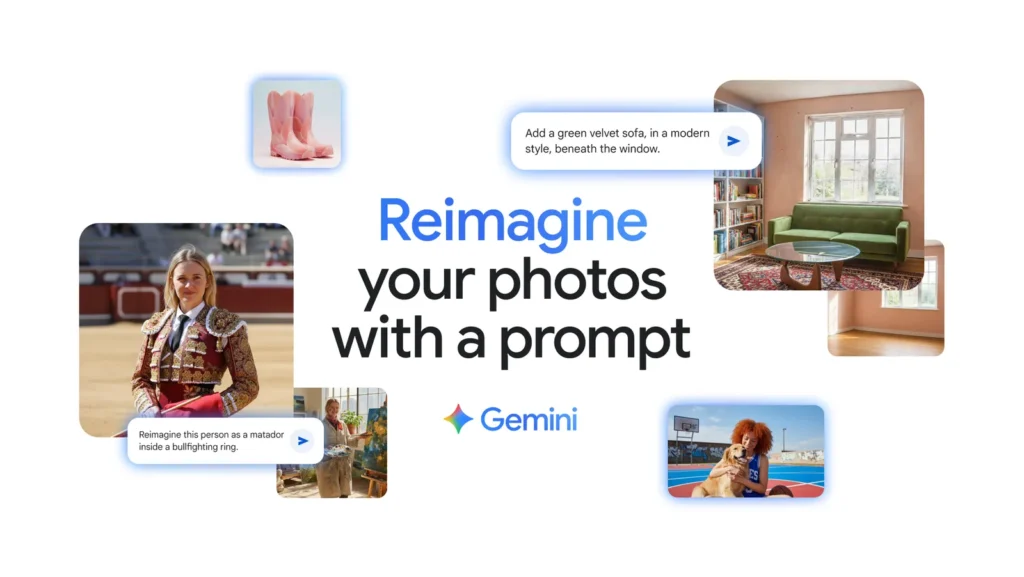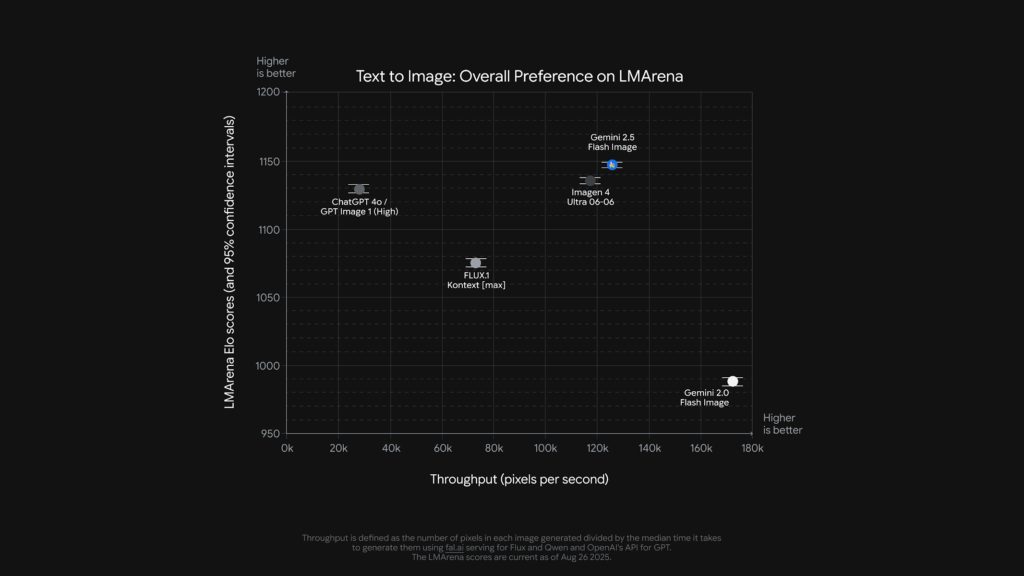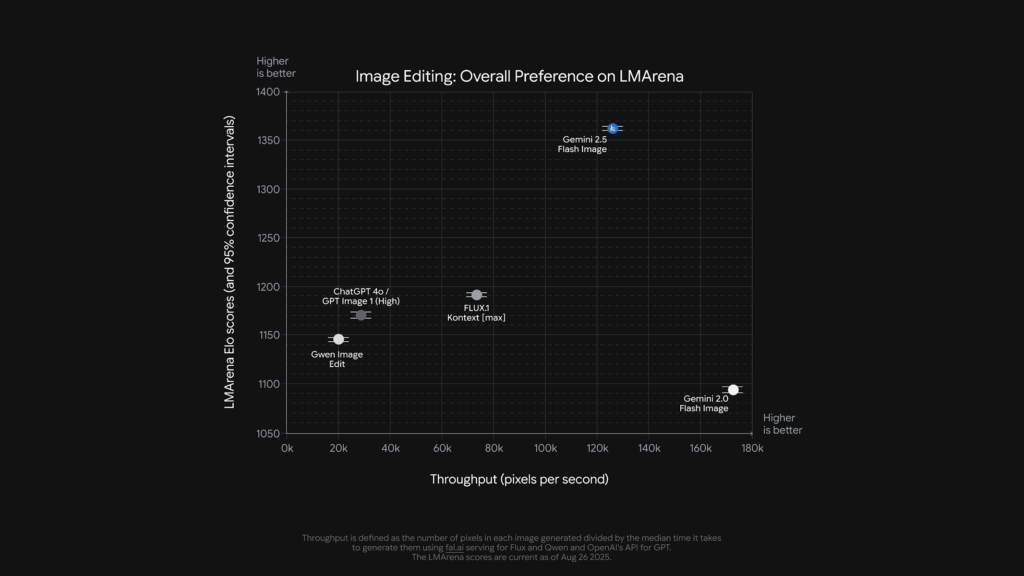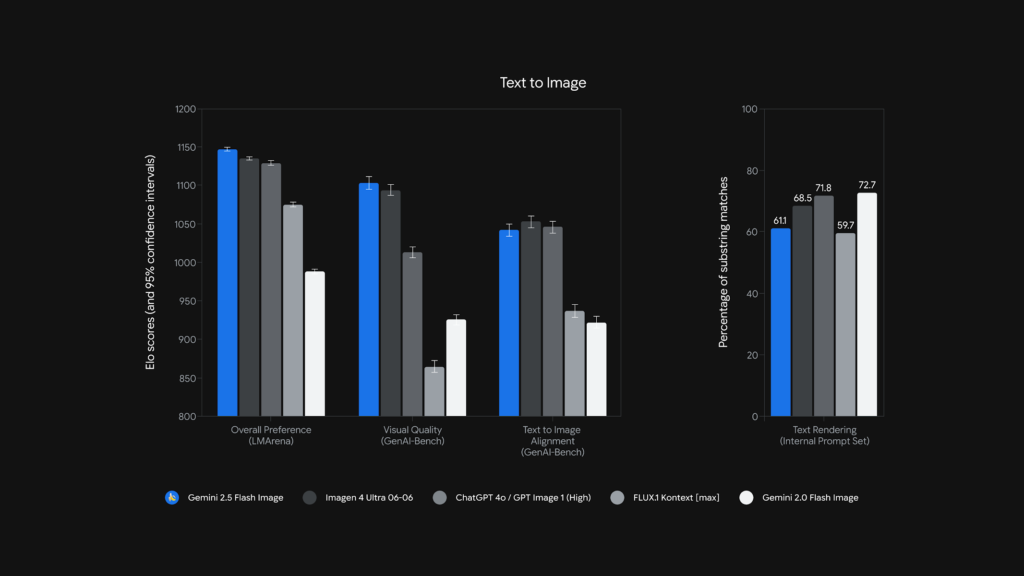Google Gemini AI image model just got a massive “bananas” upgrade with hyper-realistic image generation, advanced editing tools, nano-banana demos, and stronger safeguards. Learn how the latest Gemini AI images transform marketing, design, and creative industries.

Artificial intelligence is reshaping creativity at lightning speed, and Google Gemini’s AI image model has just taken a giant leap forward. Recently, Google DeepMind announced a major update to the Gemini image generation and editing tools, which many are calling a “bananas upgrade” because of its surprisingly powerful capabilities. From hyper-realistic photos to advanced image editing and creative artwork, this update is poised to change how professionals, creators, and everyday users approach visual storytelling.
In this article, we’ll dive into what makes this upgrade so groundbreaking, why experts are buzzing about it, and what the future could look like for AI-driven design.
Table of Contents
The Evolution of Google Gemini’s AI Image Model
For those unfamiliar, Google Gemini AI has become one of the most powerful multi-modal models in the world, capable of processing text, images, and even complex reasoning tasks. The new update to the Gemini image model builds on years of research in generative AI and image synthesis.

According to Google’s official Gemini product blog, the model can now handle a broader range of styles—from photorealism to surreal digital art—while maintaining precision, context awareness, and ethical safeguards. This isn’t just about generating pretty pictures; it’s about creating tools that seamlessly integrate into workflows across industries.
A TechCrunch report described the update as “bananas,” not just because of the capabilities but because of a quirky demo where the model generated images of bananas in dozens of imaginative scenarios. Beyond the playful showcase, the serious takeaway is that Google Gemini’s AI image generator has entered a new league.
Key Features of the Latest Upgrade
The updated Google Gemini image model introduces several game-changing features:
- Hyper-Realistic Image Quality
The new model produces lifelike images that rival professional photography. Unlike earlier AI generators, it can handle fine details like reflections, shadows, skin texture, and fabric folds with near-flawless accuracy. - Advanced Image Editing
Thanks to improved AI image editing tools, users can modify photos with surgical precision. Whether you want to remove objects, adjust lighting, or completely reimagine a scene, the model provides pixel-perfect results. - Context-Aware Generation
The system understands not just prompts but intent. For example, asking for “a New York street in the 1980s during winter” will produce historically accurate visuals with the correct architecture, fashion, and atmosphere. - Nano-Banana Demo
As highlighted by Axios, Google showed off a playful experiment called the nano-banana model, where Gemini generated scientifically accurate illustrations of bananas at the nanoscale. While humorous, this demo underscores the model’s precision in rendering scientific and abstract concepts. - Ethical Safeguards
One of the most important aspects of the upgrade is stronger guardrails to prevent misuse. Google DeepMind’s Gemini models now include filters to block harmful, biased, or unsafe content while still allowing creative freedom.
Why This Matters for Creators and Businesses
The Google Gemini image model upgrade isn’t just tech hype—it has real-world applications across industries.
- Marketing & Advertising: Brands can generate campaign visuals faster than ever, testing multiple creative directions without the cost of traditional photo shoots.
- Publishing & Media: Journalists and content creators can illustrate stories instantly, from breaking news graphics to conceptual art for long-form features.
- E-Commerce: Retailers can generate product mock-ups, lifestyle images, and virtual try-ons that save time and money.
- Education & Research: Teachers and scientists can use Gemini’s AI image tools to visualize abstract concepts, making learning more engaging.
- Entertainment & Gaming: Film studios and game developers can design concept art, characters, and immersive worlds with minimal resources.
This upgrade means the gap between imagination and execution is shrinking. With Google Gemini AI images, businesses can move from idea to final product in minutes.
Comparison With Competitors
The generative AI field is crowded, with competitors like OpenAI’s DALL·E 3, Stability AI’s Stable Diffusion, and MidJourney dominating headlines. However, the latest Gemini image model gives Google a strong competitive edge.
- Accuracy: While DALL·E is known for creativity, Gemini’s update pushes realism further.
- Editing Power: The integrated editing tools outshine most competitors, making it a one-stop solution.
- Integration with Google Products: Imagine using Gemini AI images directly in Google Workspace, Slides, or even YouTube thumbnails—the ecosystem advantage is unmatched.

Challenges and Ethical Considerations
As with any AI breakthrough, the new Google Gemini AI image generator comes with challenges.
- Copyright Issues – Who owns an AI-generated image? Businesses must navigate complex intellectual property laws.
- Misinformation Risks – Hyper-realistic images can be used for deepfakes or misleading visuals. Google says it’s implementing watermarks and metadata standards to combat this.
- Bias in Training Data – Despite safeguards, AI models still risk reflecting cultural or demographic biases. Ongoing transparency will be key.
These are not small issues, and the success of Gemini AI images will depend on how effectively Google addresses them.
User Experience: Early Reactions
Early testers describe the new Google Gemini image upgrade as both exciting and slightly unsettling. On social media, artists are impressed by the precision but worried about job security. Developers are excited about the image editing features, while educators see potential for classroom use.
A common theme is that the Gemini AI model feels like it’s reaching a tipping point where AI images are indistinguishable from real photography. Some argue that this could revolutionize stock photo markets, while others warn it might disrupt creative industries in unpredictable ways.
Looking Ahead: The Future of AI Image Generation
The Google Gemini image model update is a milestone, but it’s also a stepping stone. Google has hinted at future releases that may include:
- 3D Image Generation for immersive VR/AR applications.
- Video Creation that transforms text into short films or animations.
- Deeper Integration with search, making it possible to “search by imagination” instead of keywords.
If this vision materializes, the Gemini AI image generator could redefine not just digital art but the very way humans interact with information.
Final Thoughts
The “bananas upgrade” to the Google Gemini AI image model is more than a quirky headline—it’s a signal of where creativity and technology are heading. From businesses to educators, marketers to hobbyists, the implications are massive.

As AI becomes more sophisticated, the lines between imagination and reality will blur. While challenges around ethics and misuse remain, the opportunities for innovation are too significant to ignore.
One thing is clear: Google Gemini AI images are not just a tool—they’re a creative revolution. And whether you’re a business leader, an artist, or simply curious, now is the time to start exploring what this new technology can do.
Google Gemini AI image model, Google Gemini image model upgrade, Gemini AI image generator, Google Gemini AI images, Gemini AI image editing, Google DeepMind Gemini, Gemini AI art, Google AI image tool, Gemini AI image update, Gemini image generator
Thank You for visiting Tech Uplifter!
Don’t forget to Subscribe to our Official Newsletter for latest updates.

